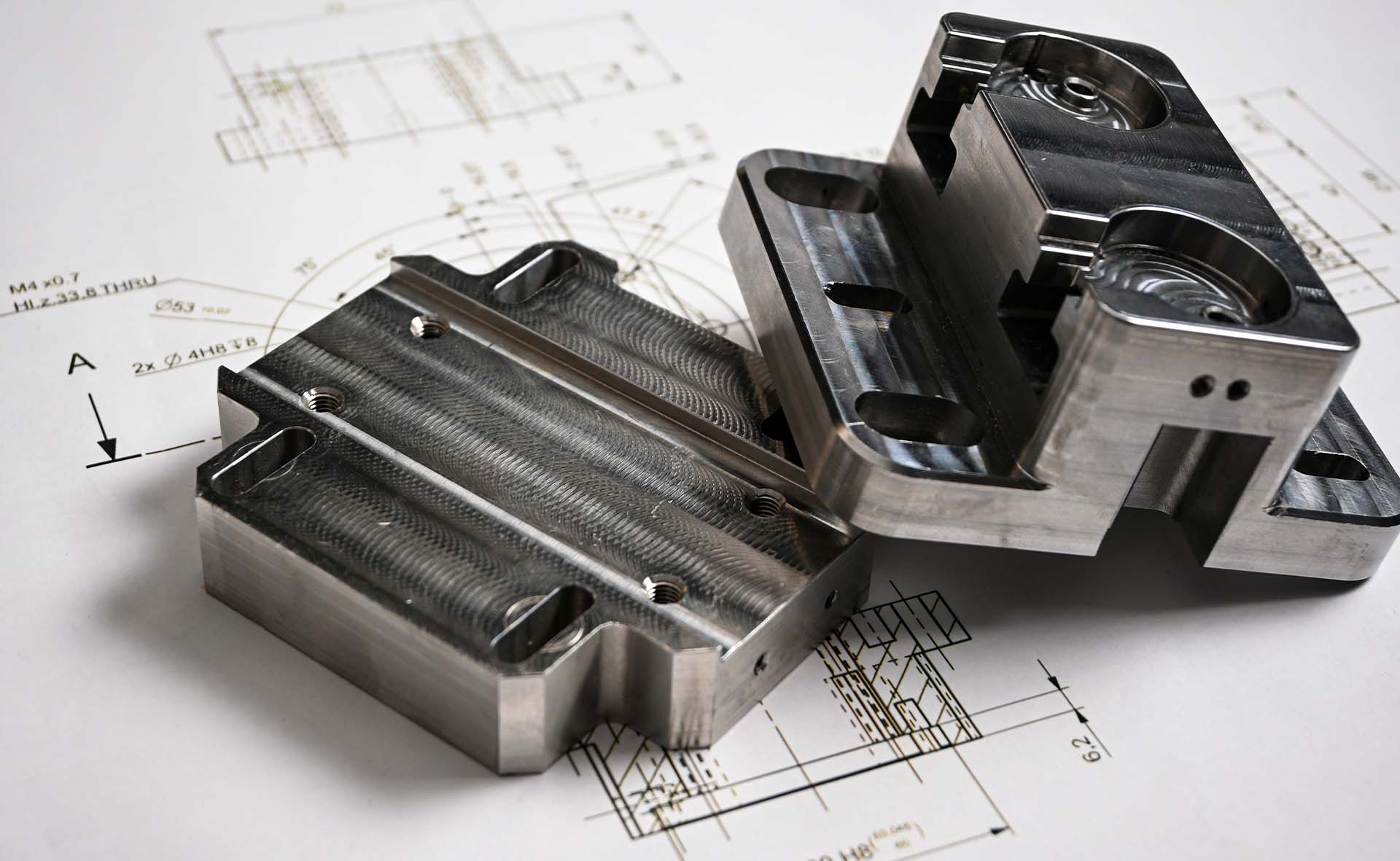Injection moulding is known as the most popular and most efficient production method for producing large volumes of high quality plastic parts. The process itself is extremely fast compared to other methods, and the high production output rate makes it even more efficient and cost-effective. While injection moulding does require a large upfront investment to manufacture the injection mould tool, it offers a significantly lower unit price which will drop even further the more parts you produce.
As the saying goes, at the heart of the whole injection moulding process is the mould. The term “mould” refers to the combination of the core and cavity inserts. These inserts are what gives the final product its shape. Well designed moulds can typically last between a hundred thousand to one million shots or cycles, depending on the material, operating conditions and other factors that affect the longevity of your injection mould.
If built well, a single injection mould can be used for multiple production runs, which is the beauty of the process. However, if you need to alter your design, change resins, or resize your part, you may not be able to continue using your current setup. Luckily, that doesn’t necessarily mean you’ll need to make a new injection mold from scratch. In some cases modifying your existing mold to better suit your needs makes more sense.
Here’s what you need to know to about modifying a mould versus building a new mould:
A small and simple single cavity injection mould for low-volume production runs can cost anywhere from $2,000 to $6,000. Depending on the tooling material, size, complexity, and number of cavities, tooling for full-scale production of large, complex parts can cost tens of thousands of dollars — or even over $100,000. In comparison, you can expect a modification of an existing mold tool to cost much less than the cost of producing the full tool.
Creating brand new tooling means having to go through the entire manufacturing process, which consumes a lot of time and money. The good news is that—in some cases—you can avoid repeating the entire process and simply modify the existing mould. You may be able to modify an existing mould if you need to:
Pro Tip: If you believe changes to your design may require the mould to be tweaked, try to make your design steel-safe, or in our case, “metal-safe.” Since metal can be removed from the mould but not added, voids in your first version that may be changed should start out larger, and masses like ribs, walls, and gussets should start out smaller than they might be in a modified version.
Due to the associated costs and time, it is not very appealing to have to make a new mould tool from scratch, but there are some situations where it isn’t possible to alter an existing mould and achieve your desired results. You may need to manufacture a new injection mould if you need to:

While the points listed in this article can help you understand whether to lean towards modifying an existing mould or building a new mould, each project is treated on a case by case basis. As such, it is always advisable to speak with an expert.
HLH’s design and engineering experts can help you through the design, prototyping and production phases, and advise on whether to modify or build a new mould depending on your designs and project needs. Upload your CAD here to start your tooling and injection moulding project.
